03
Early Activation prior to Official Opening of the Art Encounters Biennial Exhibition: Dan Acostioaei
While the biennial exhibition will officially open 20 September, as an integral part of the curatorial approach developed by Maria Lind and Anca Rujoiu for Art Encounters Biennial 2019, some of the artworks of this year’s edition of the Art Encounters Biennial will be launched in the months before.
Commissioned by the 2019 Art Encounters Biennial, Dan Acostioaei’s artwork is a mosaic covering the whole wall in the passage at the North Railway Station in Timișoara, connecting the parking lot with the train tracks. With the headline Souvenir de Syrie, a cropped image of a tourist postcard sent by the artist’s father from Syria, where he worked as an engineer in communist times, is evolved into a mosaic. As the marker of a memory from a foreign place, any postcard is, in fact, a souvenir. The idealized image of Syria in the artwork with conventional signs of antiquity and the exotic exemplifies, as the literary critic Susan Stewart points out, the search for an authentic experience expressed by any souvenir.
Embedded in the context of the North Railway Station, the artwork evokes and juxtaposes different patterns of migration: the daily movement of commuters, the migration of local labor to the West before and after 1989, and the recent wave of Syrian refugees seeking asylum in Europe.
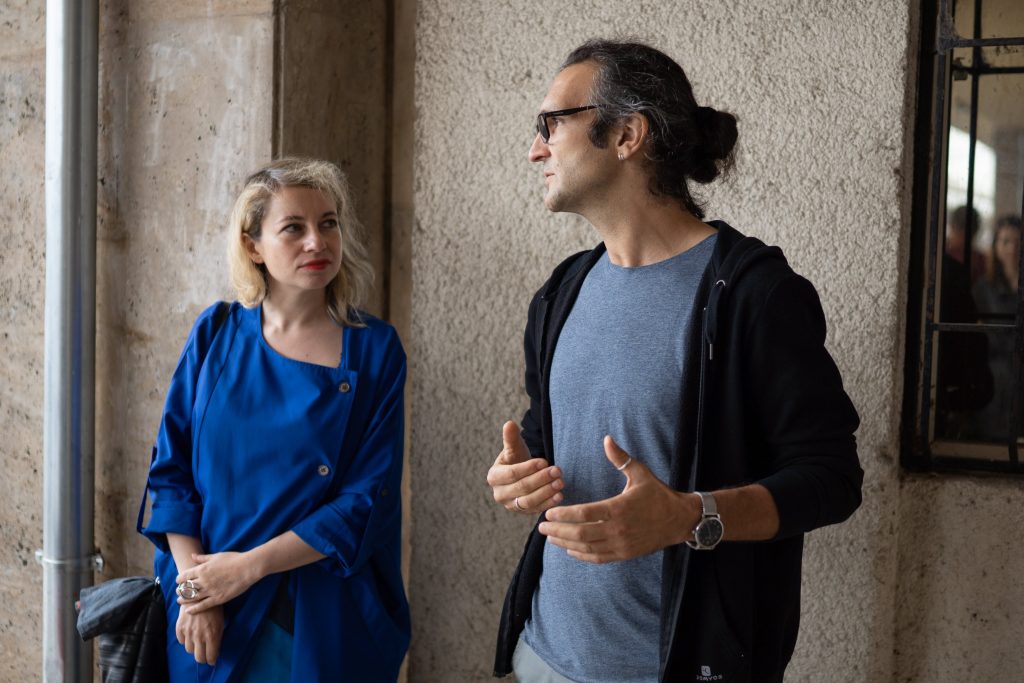
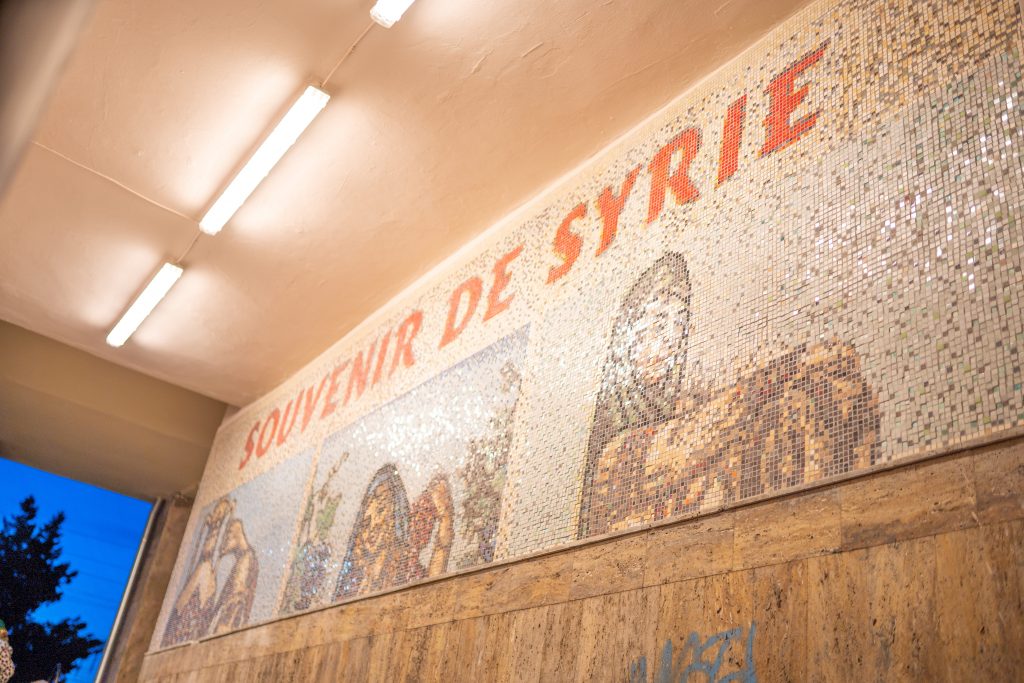
06
Early Activation prior to Official Opening of the Art Encounters Biennial Exhibition: Agnieszka Polska
Agnieszka Polska was the first artist to inaugurate this early engagement series with her artwork, The Wayward Pigeon, which has been initially distributed on social media and, in the public space, in the form of stickers. The image of the pigeon will now be hosted by Optilux shop in Victoria Square as a window display. A graphic character, The Wayward Pigeon crosses national boundaries and defies commands, while standing for collaboration and disobedience. A website dedicated to this project will soon be launched: http://www.waywardpigeon.net/.
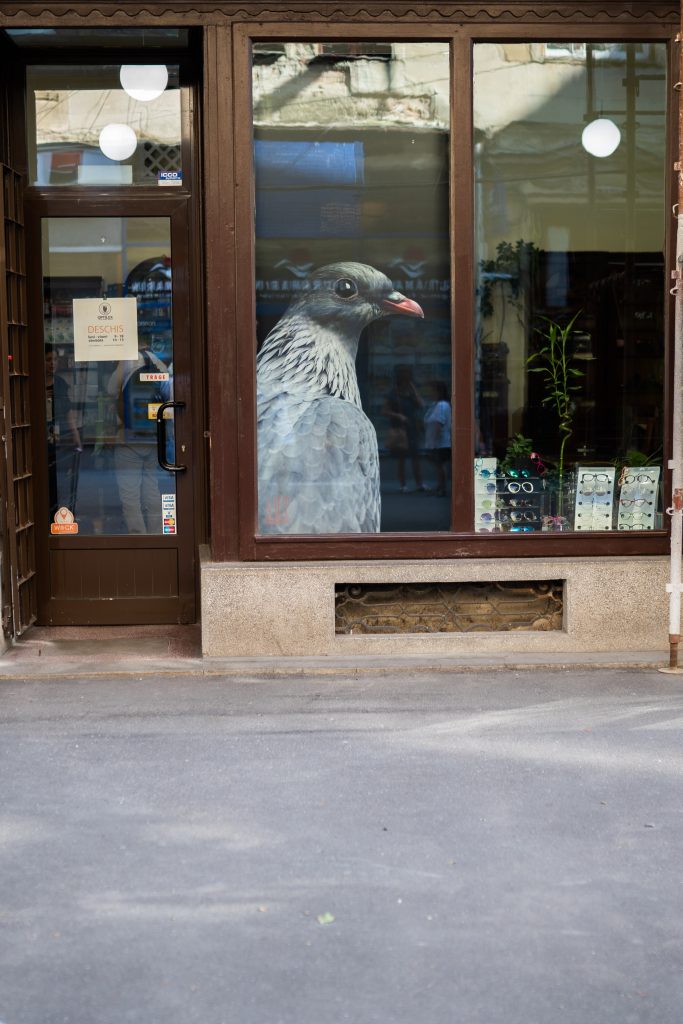
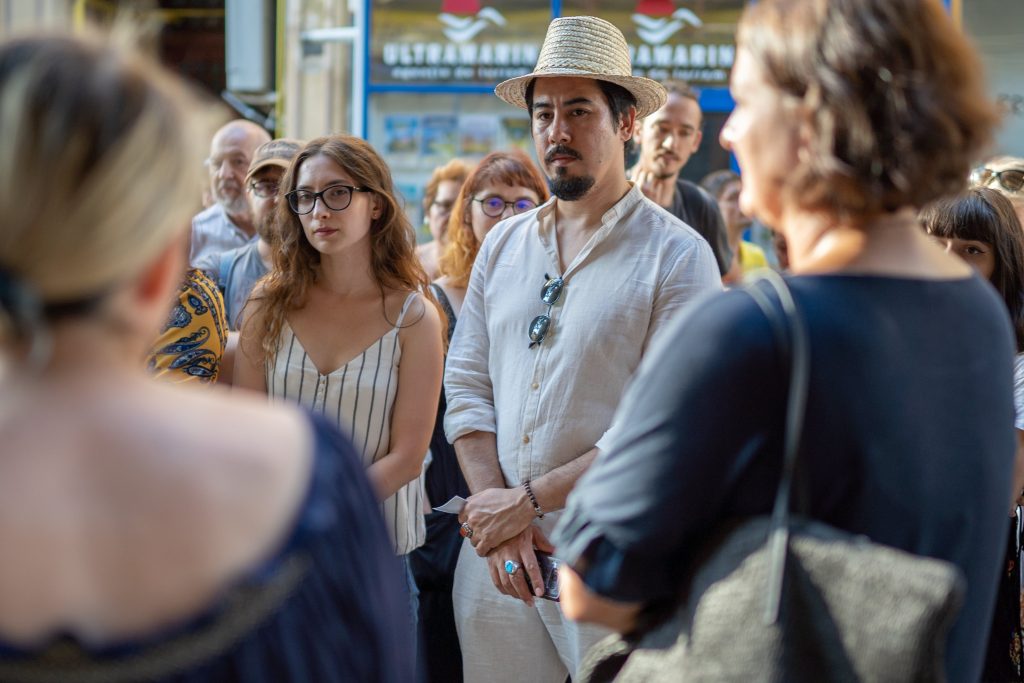
07
#Artist Workshop: Terms and Conditions
A workshop by Mona Vătămanu and Florin Tudor in collaboration with Mihai Lukács
Location: Youth House
Working with a group of teenagers, the artists alongside the stage director Mihai Lukács will explore the relationship between social networks, data collection, and surveillance technologies. In consenting to the terms and conditions for any digital service, what are the implications in terms of individual sovereignty?
The starting point of the workshop is an excerpt from Hannah Arendt’s The Origins of Totalitarianism published in 1951. Arendt describes a simple graphic system employed by the Czarist secret police, The Okrana Guard (operating between 1881 and 1917), used to produce a social mapping of an individual by studying one’s close relationships, contacts, and interactions. A density of information can be derived from the cartographic representation of social interactions. Arendt suggests that only technical limitations restricted this endeavor from being applied on a larger scale, fulfilling the dream of a totalitarian police. In the current digital era, Arendt’s anticipation of an extensive social mapping as a tool for control reads like a prophecy.
The workshop is a part of a new production by the artists in the context of the 2019 Art Encounters Biennial.
Mihai Lukács is a stage director, performer and theorist. Lukacs holds a PhD in comparative gender studies from Central European University Budapest with a thesis on male hysteria in the modernist directors Stanislavsky, Meyerhold and Artaud. His latest performative practices address counter-histories and the use of affect in archival research (All I Want for Bucharest is an Earthquake, Bucharest, 2019; Arhiva Afectivă Sahia, București, 2019; Cultul Personalităţii, Bucharest, 2018; The Jester; Or How to Embody the Archive, Hong Kong, 2018); the relationship between the Roma people and the gadje (Gadjo Dildo, Bucharest 2015; Sara Kali- The Dark Madonna, Vienna 2014), public humiliation (Public Humiliation # 1-3, Vienna 2013; Like a Bit of Luggage, 2013; PRIMVS, Hanover 2014; Public Art Humiliation, Bucharest 2015), forced evictions and homelessness (Razzing, Bucharest 2014; Signs for Adult Homeless Persons, Cluj 2013). He is currently writing a book about abolitionism and modernity.
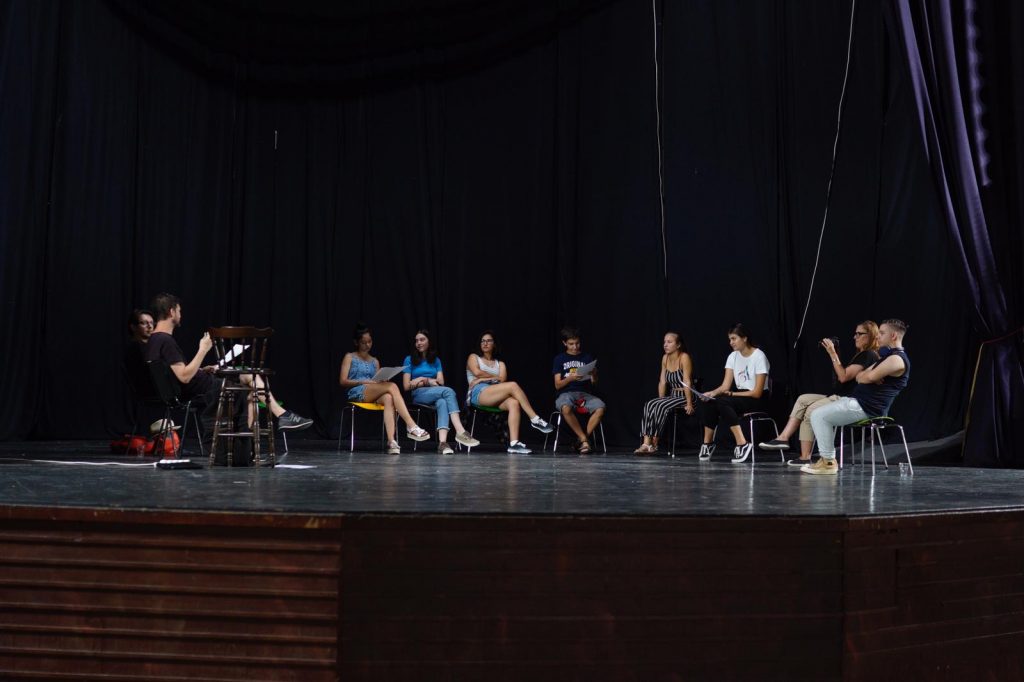
16
#Collective Readings: Collective reading with Adriana Gheorghe (Bucharest)
Artist Adriana Gheorghe is invited to host the third session of these monthly collective readings. With a background in literature and art theory, and prior media experience in art criticism followed by performance art practice within the context of contemporary dance, Adriana Gheorghe has been working for the past eight years mainly across fields, devoting herself to a better approximation and practice of performativity. She has been researching the relationships between language, perspective, consciousness and affect in different contexts and mediums allowing for collision, blurring and transformation. She has a gravely irreverent sense of hybridity between theory and practice and of language as dance that comes from the mouth.
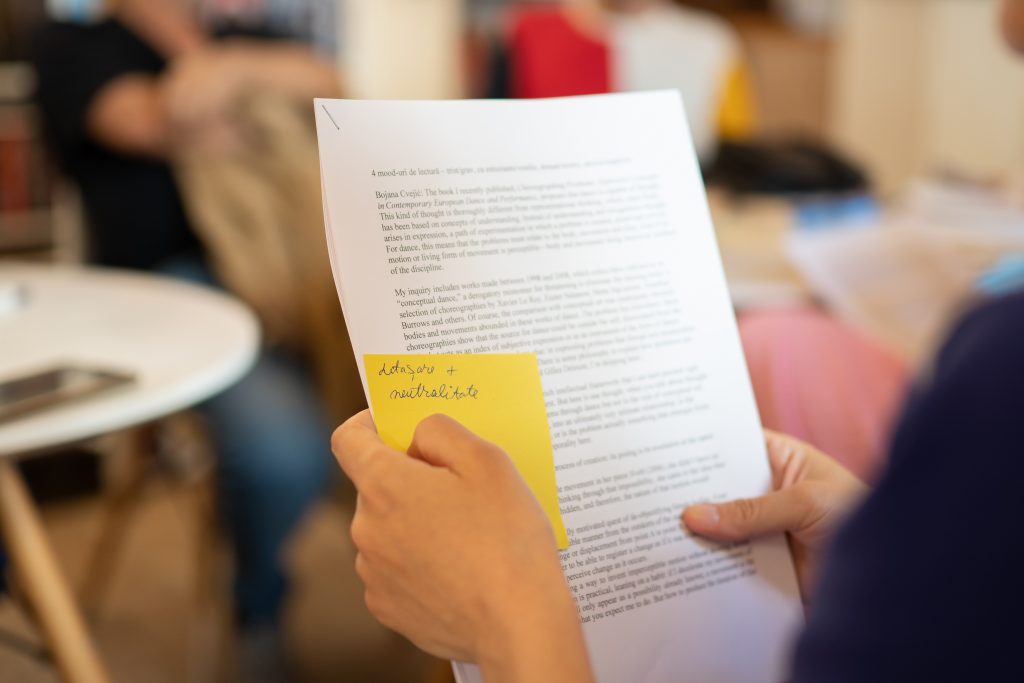
16
Early Activation prior to Official Opening of the Art Encounters Biennial Exhibition: Monotremu
Another artwork will be accessible to the public in August as part of the early activation sessions. The artistic duo Monotremu will exhibit their work Q.E.F (2014) in the Botanic Park in Timișoara.
Q.E.F is a bricolage installation directly connecting religion with the everyday life of the local context. The works draws reference to a Latin expression, “quod erat faciendum” (translated as “that which was to be done”) which marked the completion of a Euclidian construction problem. Six large kitchen pots with attached ladles were functionally transformed and altered into bells. Hanging low, at human level, these improvised bells can be engaged by visitors and produce a dissonant sound. The cooking pots turned into church bells points to the correlation between religiosity and the poor standard of living within Romania. The work questions the allocation of state funds to religious edifices while social services, such as healthcare and education, are impoverished, underfunded and poorly functioning. Originally produced by Salonul de Proiect in Bucharest, the work will be presented in Timișoara outdoors as a public artwork in the city’s popular Botanic Park.
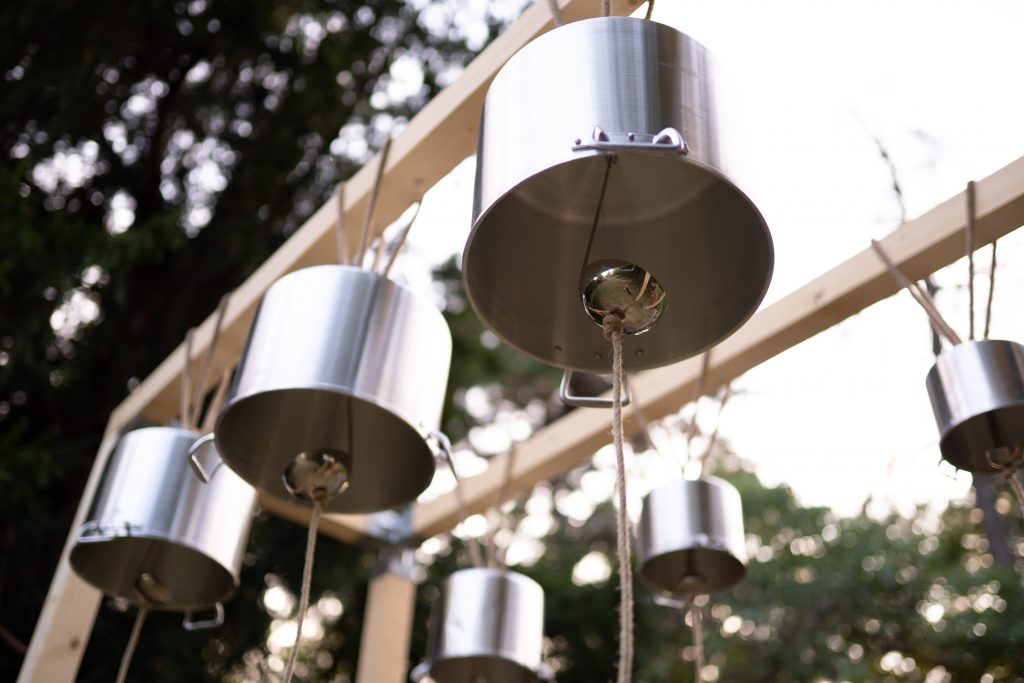
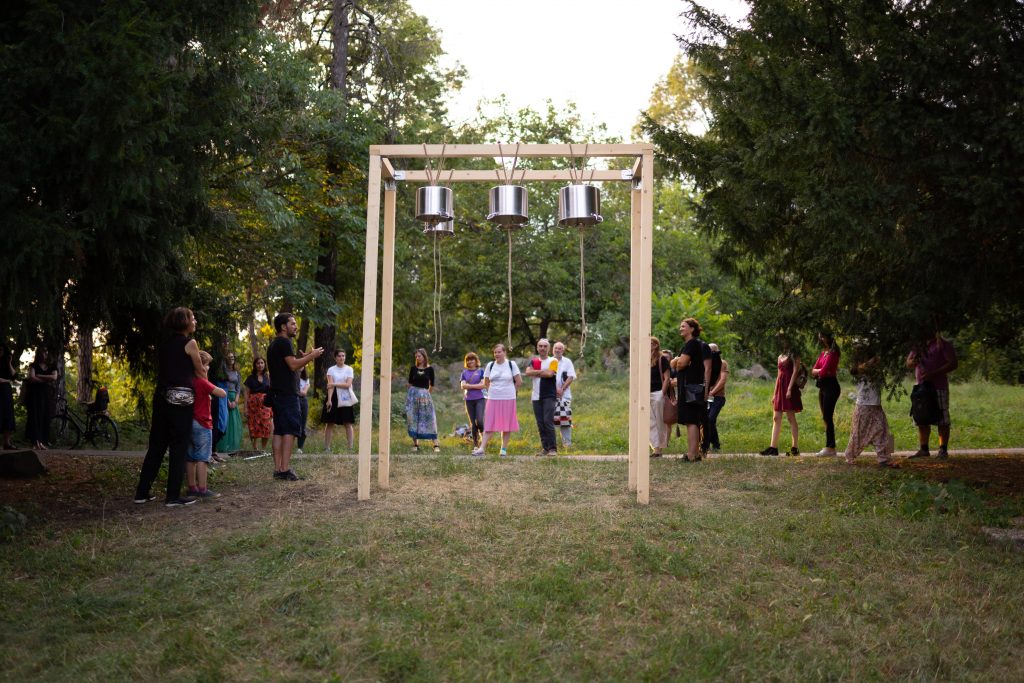
31
Joar Nango in collaboration with Lajos Gabor
The European Everything (2017 – ongoing)
Installation and performance at Hunyade Castle, Timișoara
27.08 – 31.08, between 11 AM – 6 PM
Tour and presentation: Saturday, 31.08, 6 PM
For five days the Tromsø-based artist and architect Joar Nango in collaboration with Oradea-based blacksmith Lajos Gabor, will set up camp outside the Hunyade Castle in central Timisoara. There they will continue the project The European Everything which started with the art exhibition Documenta 14 in Athens and Kassel in 2017, where they together make household object, jewellery and sculptures drawing on Sami and Roma traditions alike. Gabor and Nango are using simple hand tools to create objects made of for example copper, reindeer horns, leather and bark.
Inspired by the survival techniques and inventions, the resourcefulness and adaptability of nomads whether in Norway, Mongolia, Romania, or anywhere else, Nango works with context-sensitive installations and self-made publications, that explore the boundary between architecture, design and visual art. Thematically speaking, his work relates to questions of indigenous identity, often through investigating the oppositions and contradictions in contemporary architecture. Recently, he has worked on the theme The Modern Sámi Space through, amongst other things, a self-published zine series entitled Sámi Huksendáidda: the FANzine, design project Sámi Shelters and the mixtape/clothing project Land & Language. He is also a founding member of the architecture collective FFB, which works with temporary installations in urban contexts. Currently, he lives and works in Tromsø, Norway.
Joar Nango and Lajos Gabor will be present in the park around Hunyade Castle, daily, starting tuday, August 27, until Saturday, from 11 AM to 6 PM. On Saturday, August 31, from 6 PM you are welcome to join a tour of the project, a collection of narratives based on the discoveries made by Joar and Lajos during their stay in the area.
